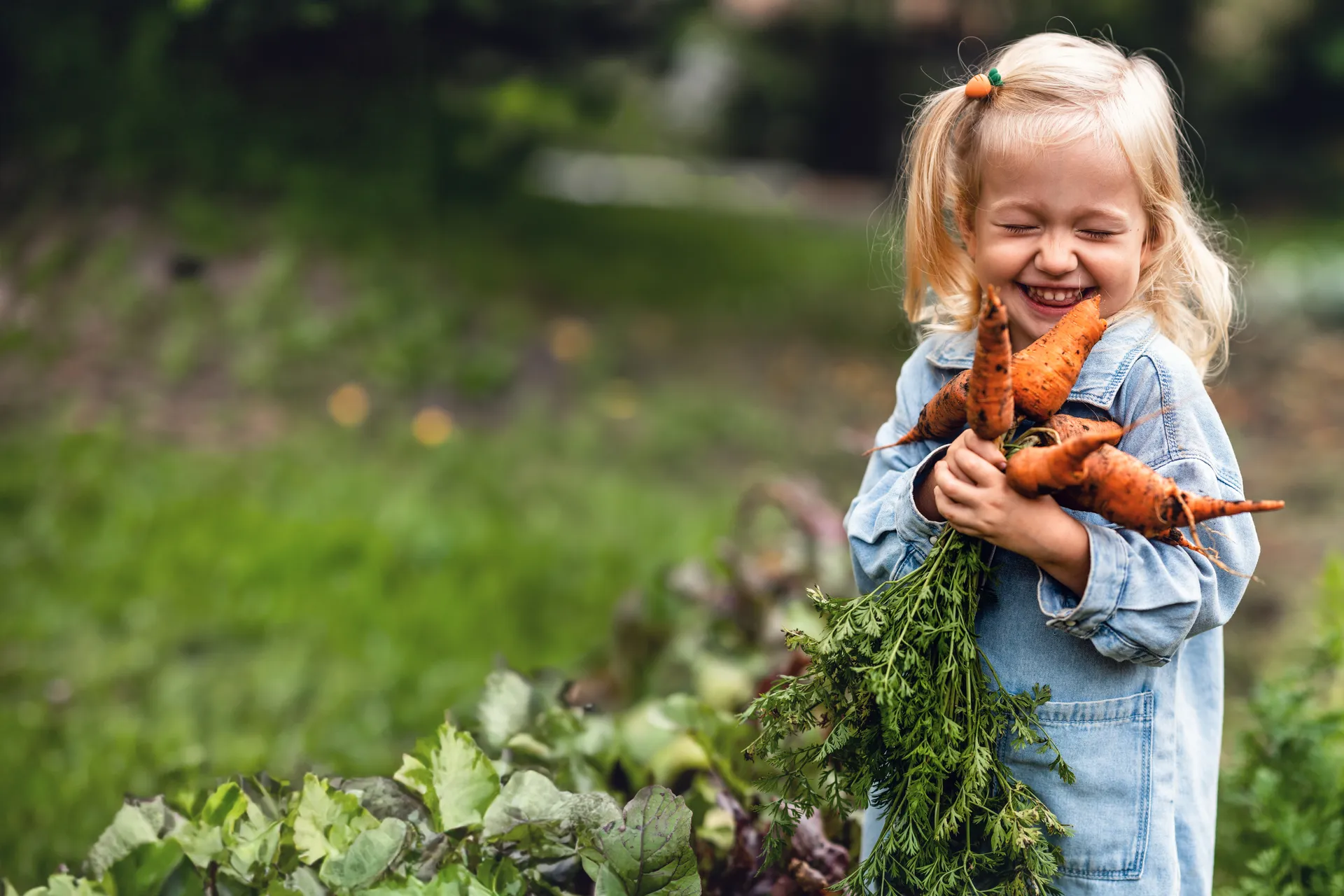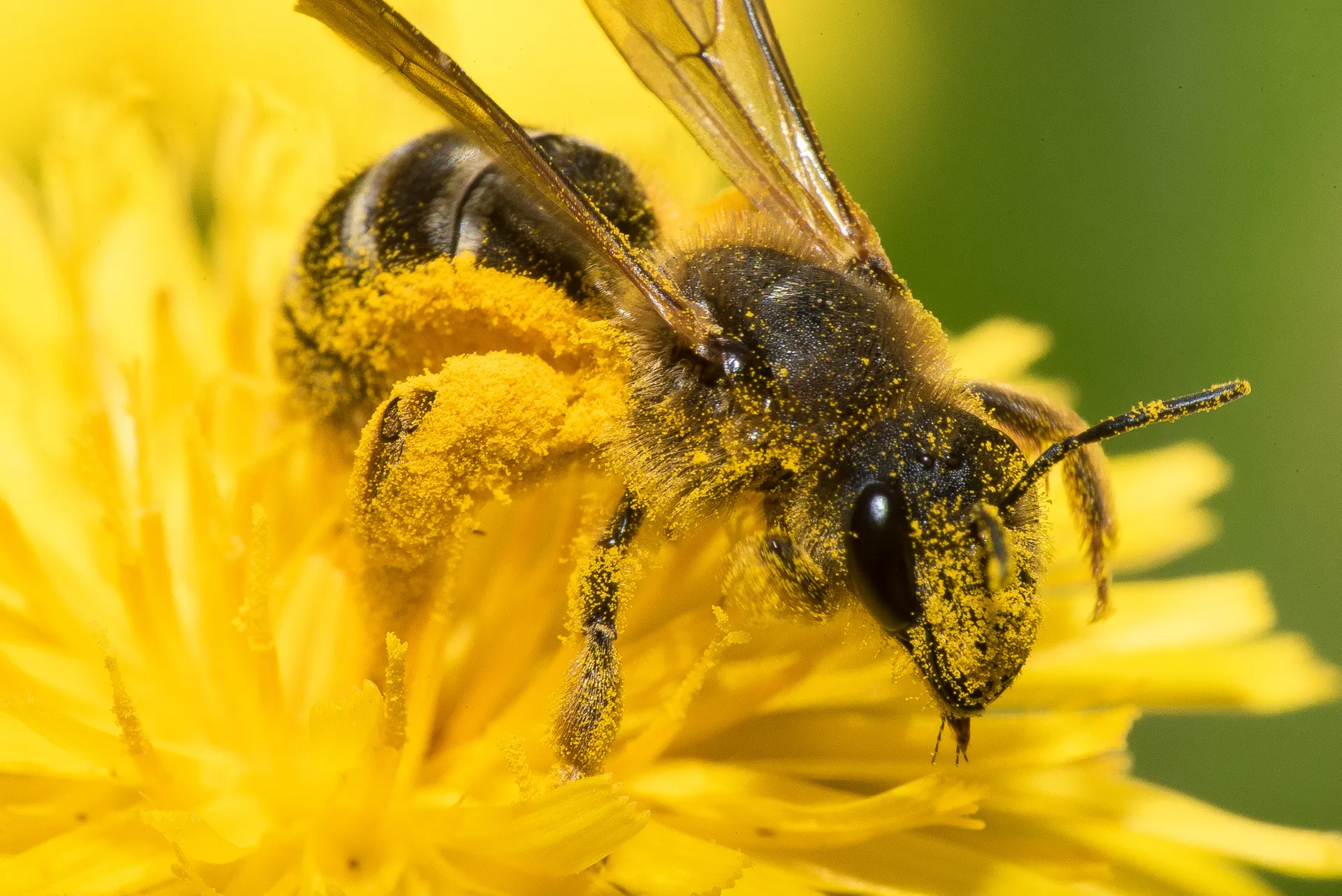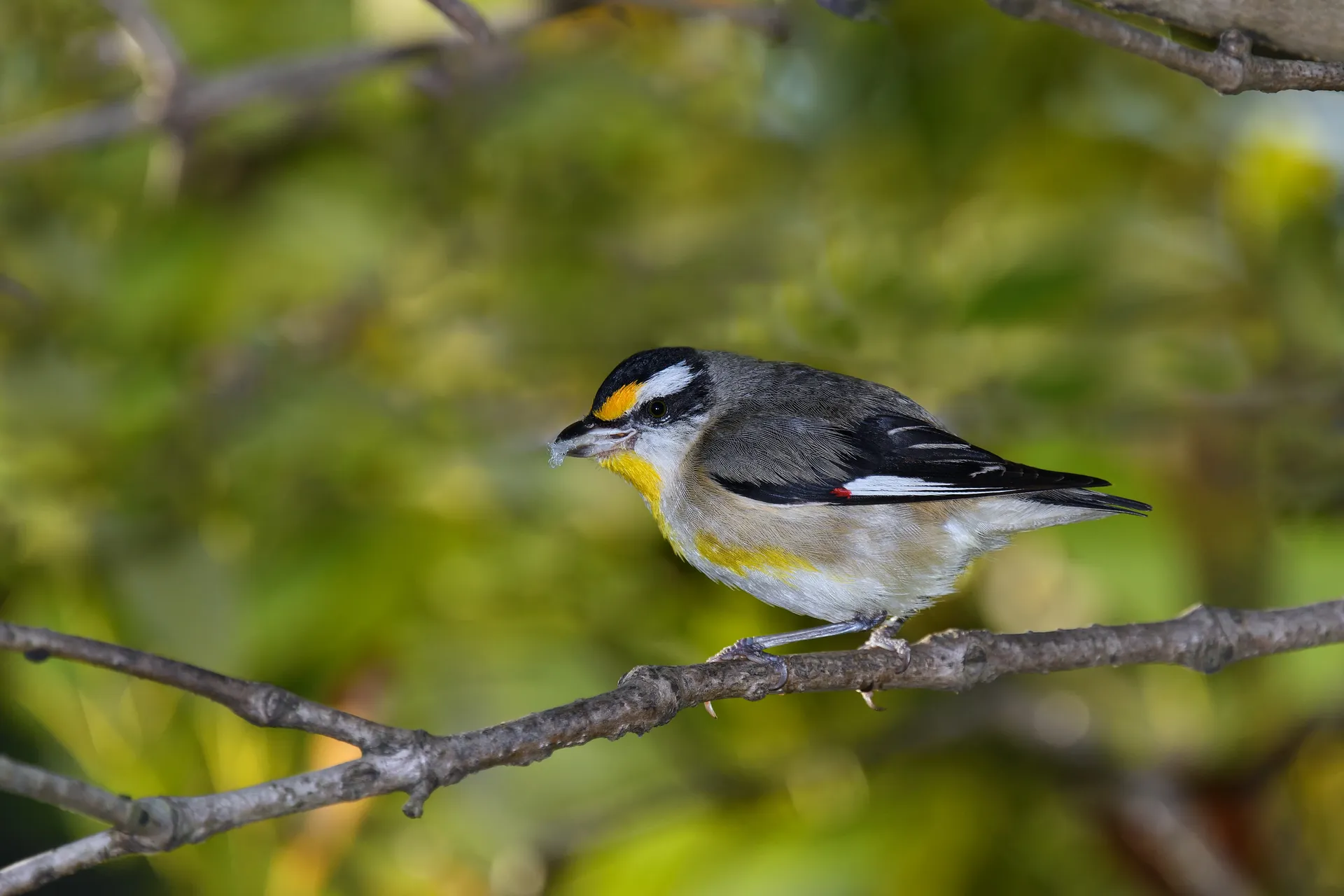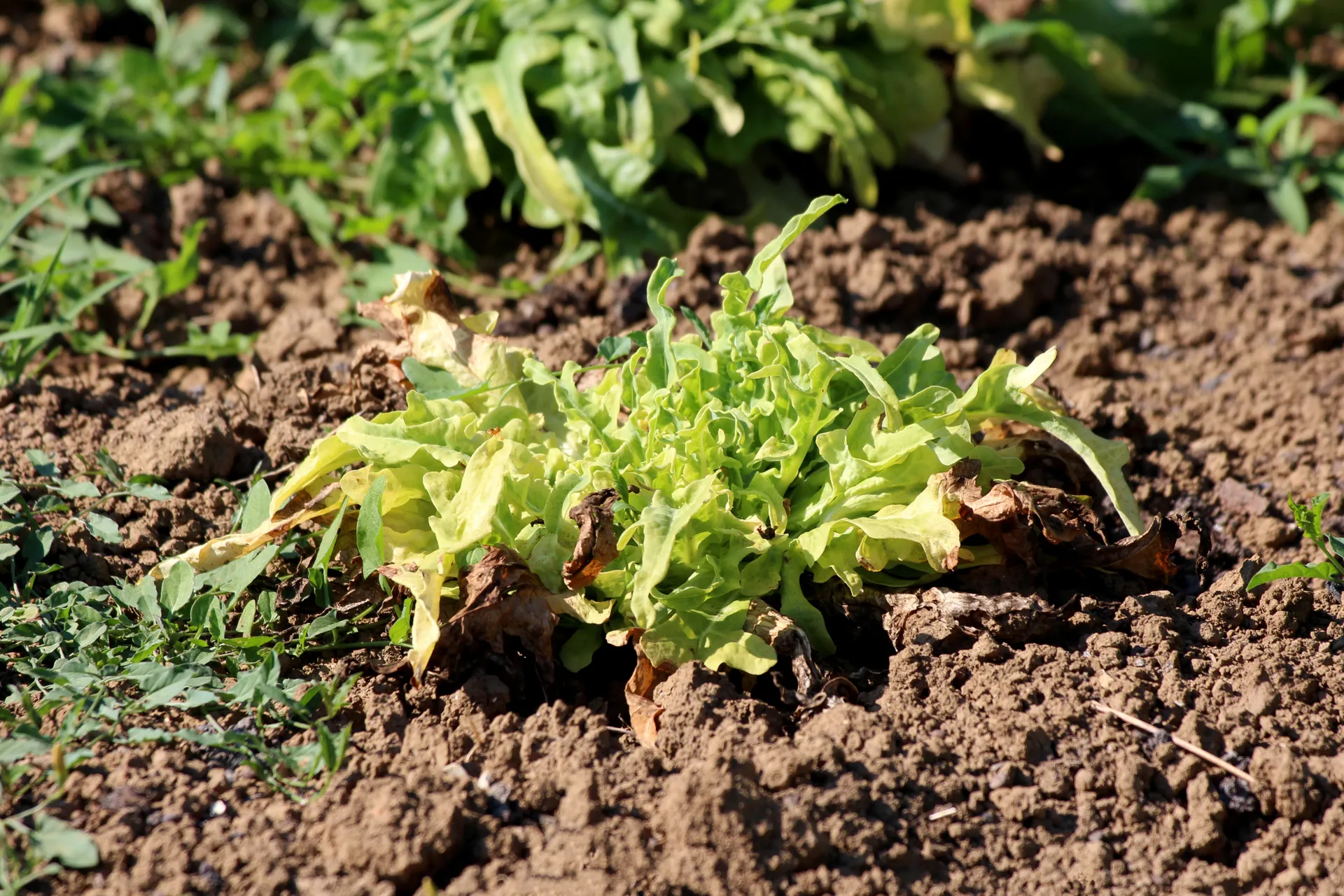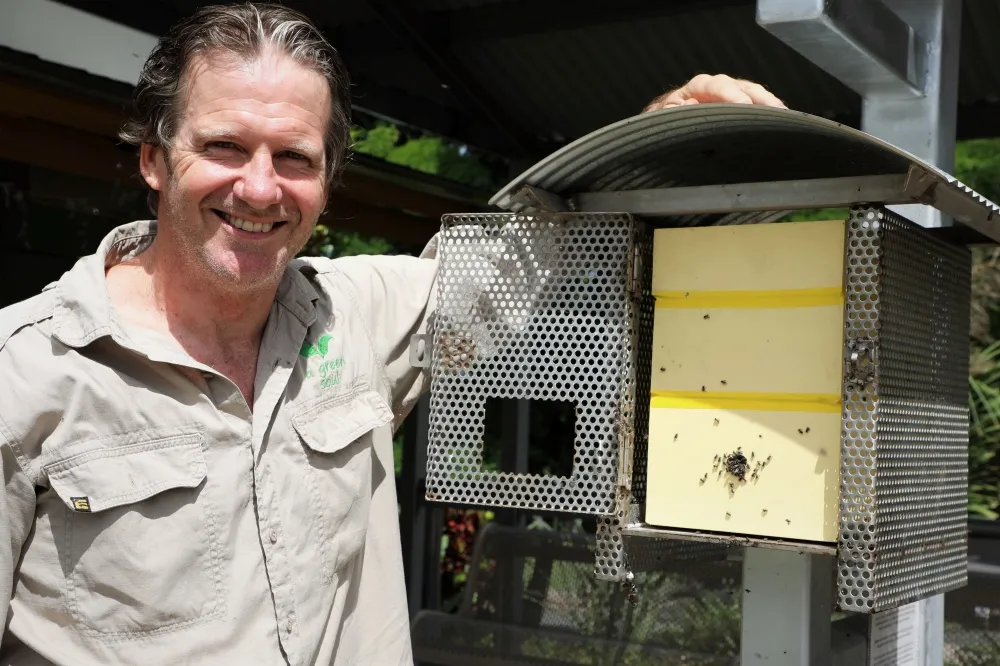September gardening
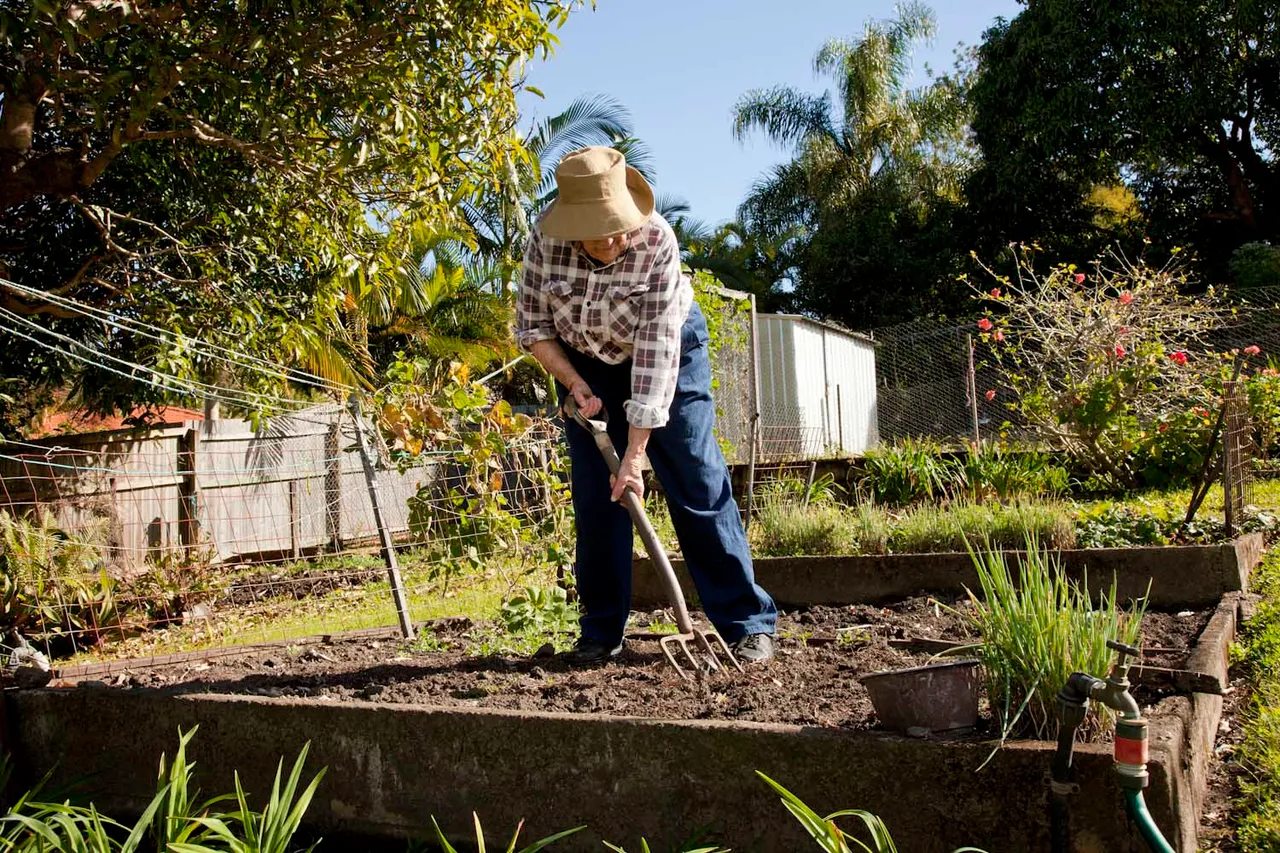
Find out what to plant this month and which garden tasks need your attention.
Spring has sprung with many plants waking up. Bulbs are emerging, flowers blooming, and there’s an energy shift. With warmer daytime temperatures, you’ll likely notice many plants putting on new leaf growth, buds and blossoms. Bees, ants, ladybirds, dragonflies and moths appear and many insects emerge from hibernation.
Observation is key
I carefully observe clues each year to what happens at different times in my garden. I’ve noticed many annual patterns, so I know what to look for. I watch for specific signs that occur simultaneously and indicate a shift in activity. e.g. When birds start nesting, certain plants begin flowering and insect activity.
Nature’s clock is never wrong! Being observant is one of the keys to learning what happens when in your garden and how to time your activities accordingly, so you maximise results. If you don’t already, I encourage you to keep a Garden Journal. There are so many benefits to keeping a simple record of what happens in your garden – visual or written.
What can we expect in September?
It is typically dry and reasonably mild in temperature, but this year, I’m prepared for warmer temperatures and higher-than-average rain if it happens. I try to take advantage of rainfall to lock in soil moisture. Planning and preparation, careful water management and plant selection, along with crop protection strategies, help mitigate potential harsh weather conditions.
Watering
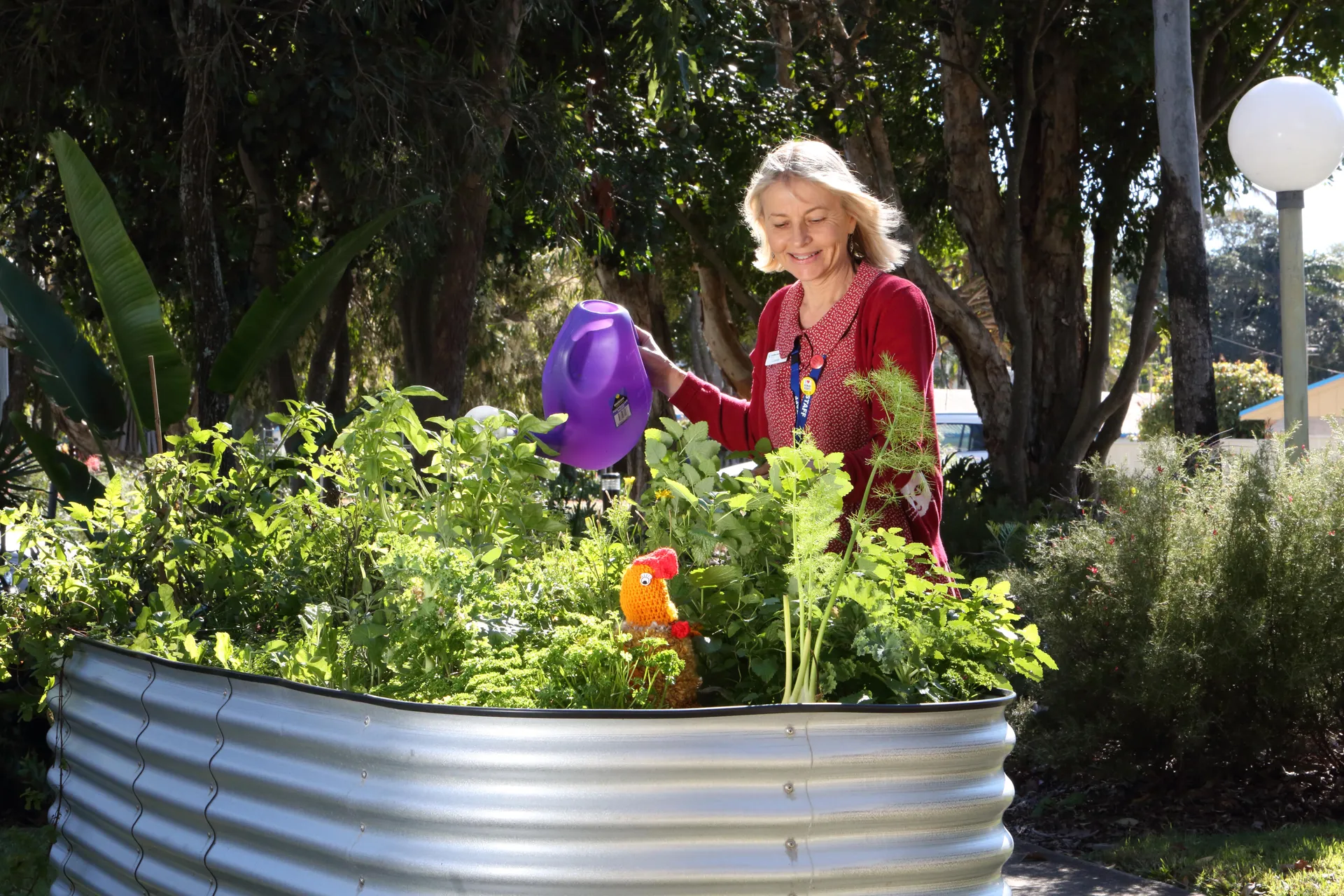
I try to pay attention to watering and nutrition to support healthy plant growth. During prolonged periods of dry or hot weather, keep an eye on plant leaves for nutrient deficiencies due to low soil moisture that affects root access to minerals and nutrients. Windy weather increases transpiration, especially for large-leafed vegetables. So consider your windbreaks and crop covers.
Fruit trees and pruning
If your fruit trees have started to flower, you may have to wait until next year to prune! With so many fruit trees already flowering and fruiting, it’s essential to attract pollinators to your garden by planting flowers and companion planting, or be prepared to hand pollinate! After fruit set, fruit trees have a high need for moisture and nutrients. So remember to fertilise and mulch your garden well to hold moisture in.
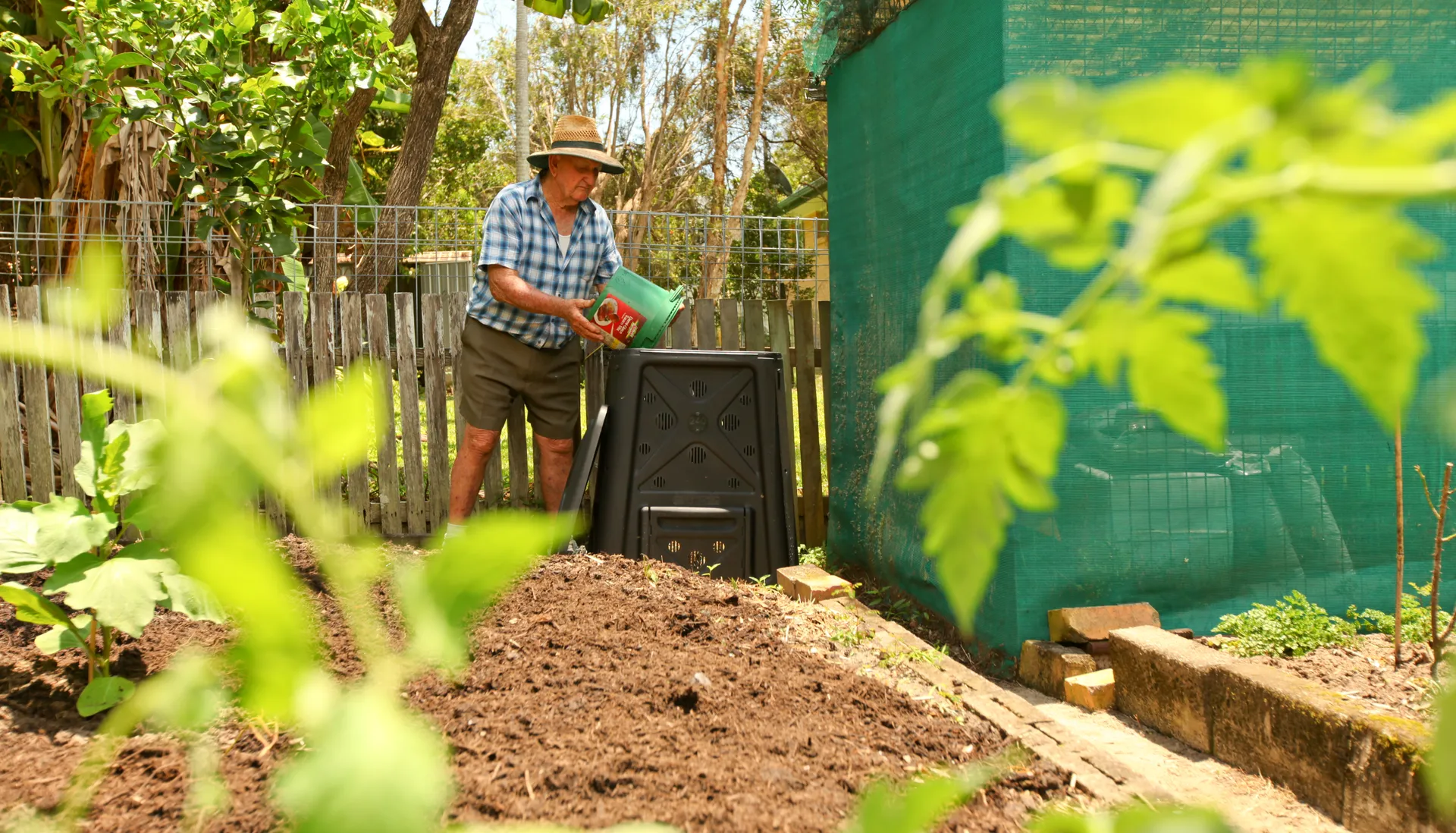
Keep adding compost and worm castings for nutrient-rich living soil and enriched potting mix for food crops. Even better, make your own moisture-holding potting mix and seed raising mix blends to save money, water and give plants the best chance of thriving. Old potting mix in your container gardens may be nutrient-depleted or hydrophobic and need refreshing before new plantings. Lifeless, dry dead dirt won’t grow healthy produce so invest in your health by focusing on your soil first.
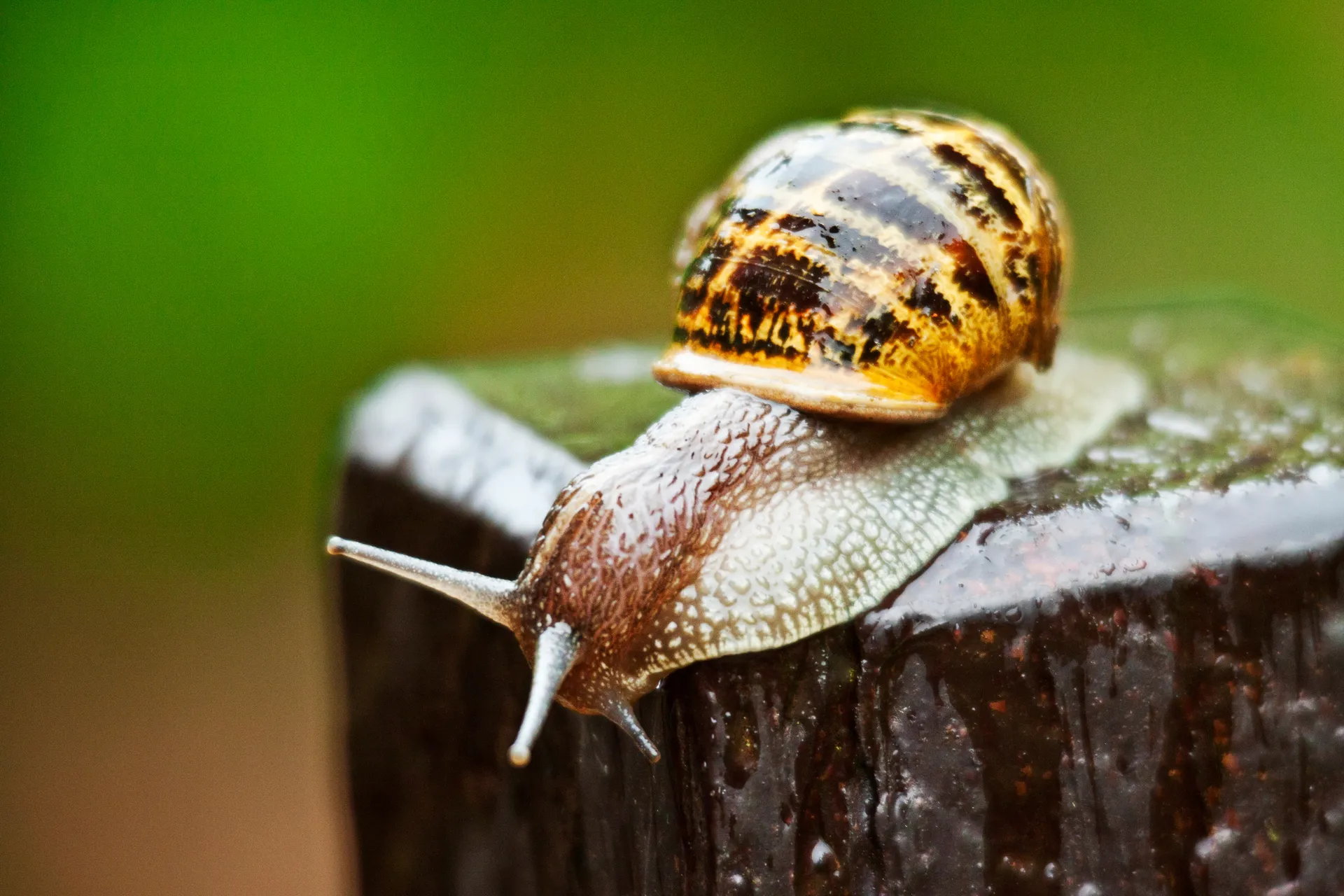
Our grace period with minimal pest insects won’t last too long! Watch for aphids and ants on new growth that is often typical at this time of year, bronze orange bugs, citrus leaf miners, QLD fruit flies, scale, gall wasps, slugs and snails. Exclusion netting and traps are useful strategies, but nothing beats observation! Tomatoes, capsicum and eggplant are particularly vulnerable to fruit flies, so position traps now and cover with exclusion bags.
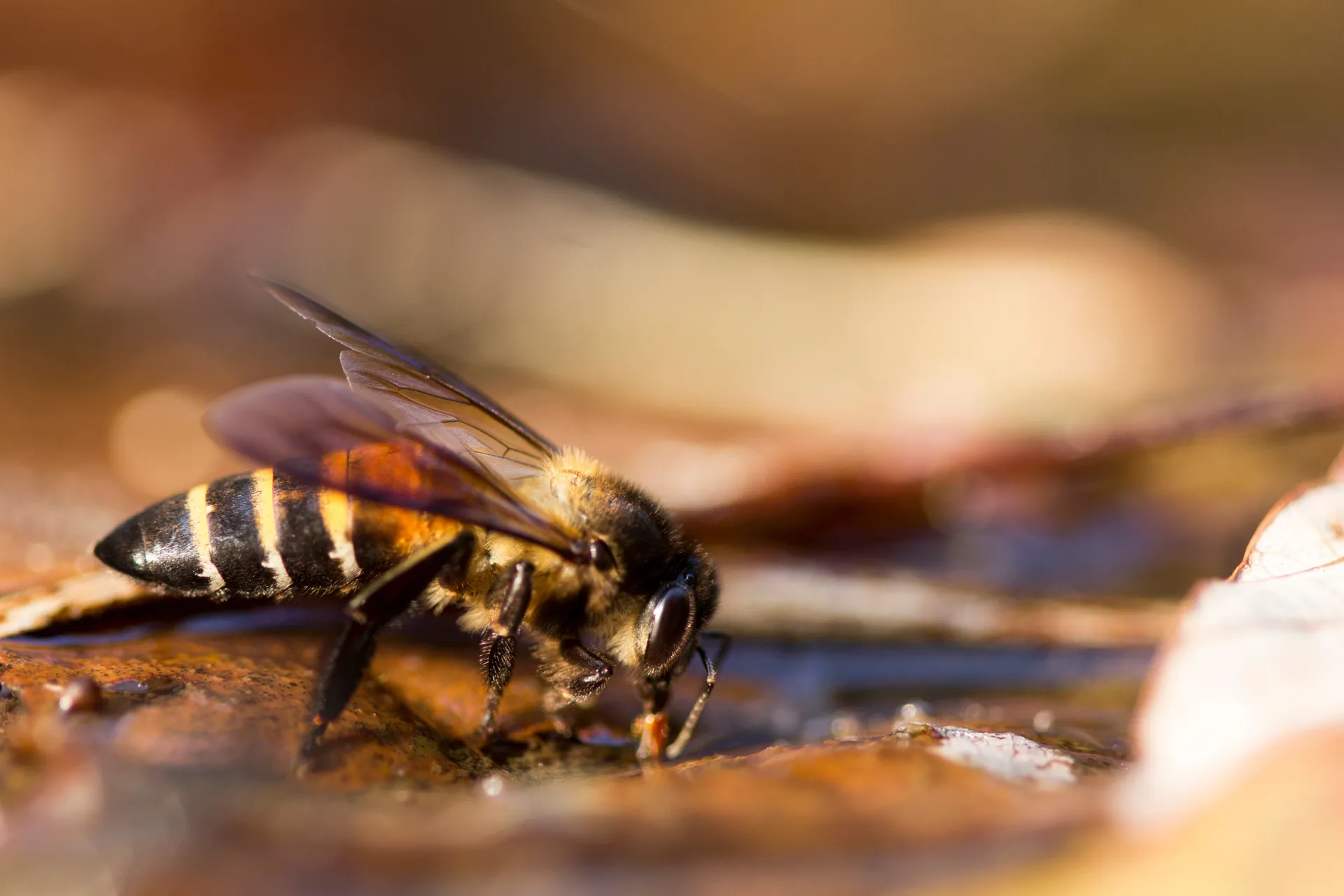
A shallow bee bath provides water for pollinators and beneficial insects. An ‘insectary’ garden with a variety of nectar-rich flowering herbs, vegetables and perennials encourages predator insects to keep seasonal pests under control. Help the birds in your garden, especially if it’s dry. They need clean water to drink and bathe. Adding a bird bath will reward you with free pest management services! Also, use safe bird exclusion netting.

I aim to time planting, fertilising and pruning activities with the moon phases for optimum seed germination, early growth, healthy plants and better harvests. Change your new moon date on the 1st September on the perpetual Moon Calendar and follow the suggested planting dates for this month.
Interplant your herbs and flowers between vegetables (particularly brassicas) to attract beneficial predatory insects to keep caterpillars and other insects in balance.
What to Plant in September
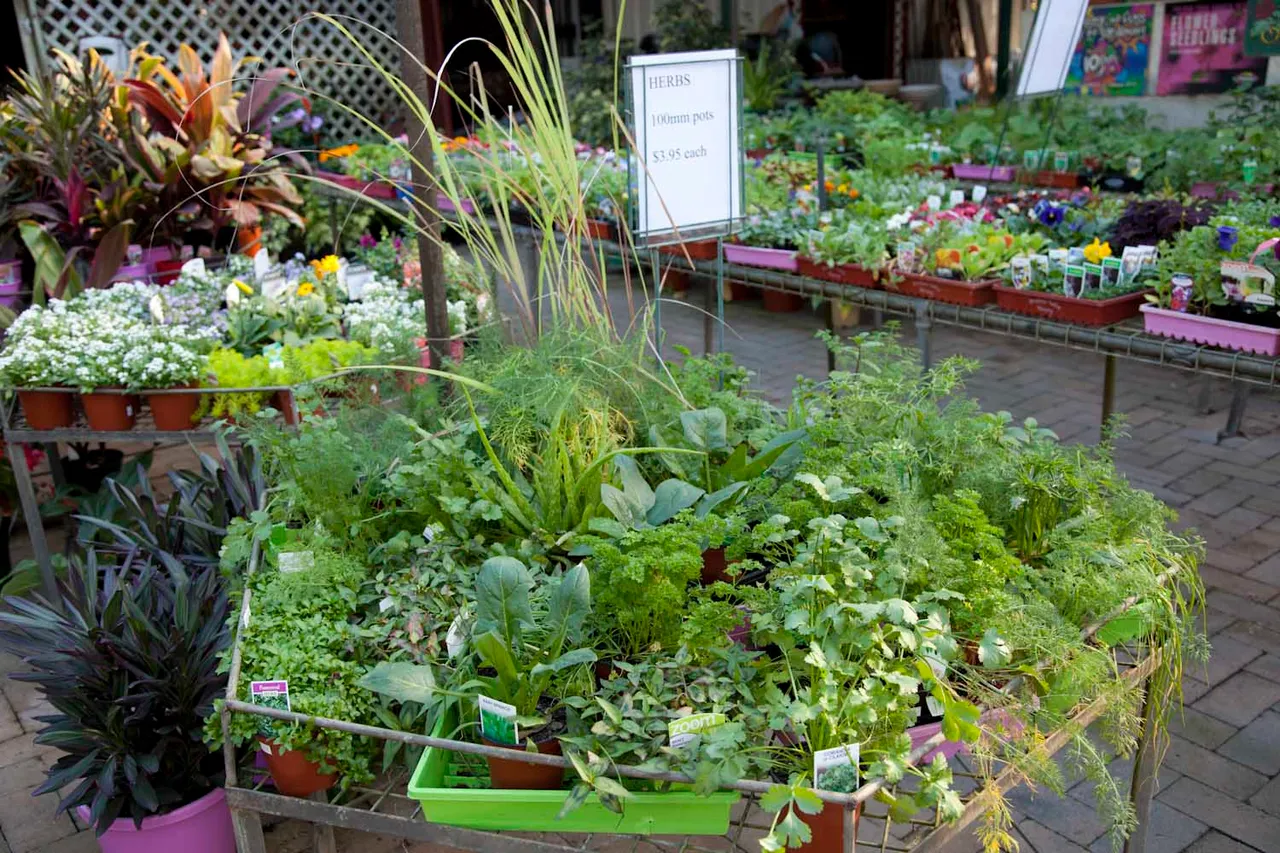
Vegetables
Beans (bush and climbing), Beetroot, Cabbage, Capsicum, Carrots, Celery, Cucumber, Lettuce, Radish, Rosella, Silverbeet, Spring onions, Squash, Sweet corn, Sweet potato, Tomatoes, Yams
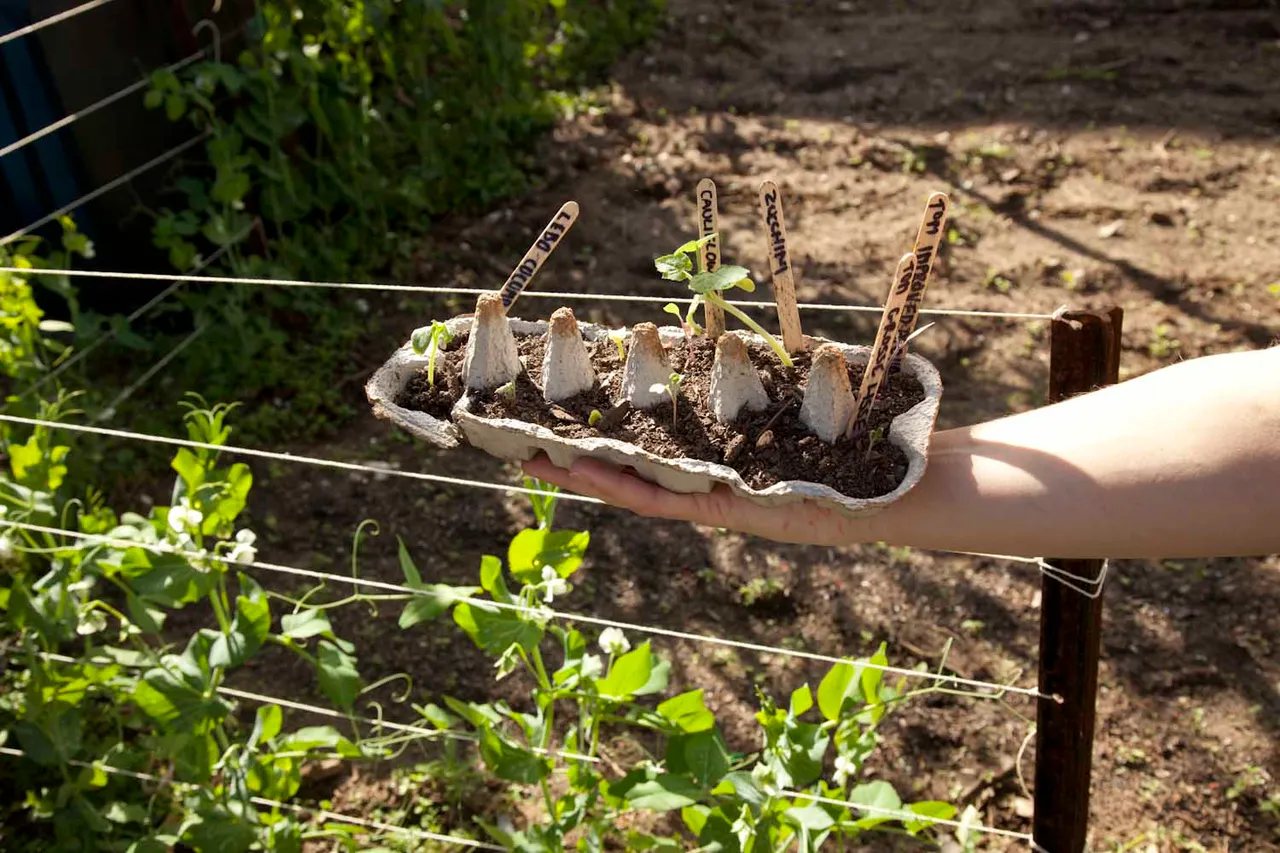
Herbs
Basil, Coriander, Cress, Borage, Catnip, Chamomile, Chives, Dill, Lemon balm, Rocket, Sweet marjoram, Tarragon, Peppermint, Sage
Flowers
Alyssum, Cosmos, Marigolds, Phlox, Salvia, Nasturtiums, Sunflowers, Snapdragons, Queen Anne's lace, Verbena, Statice
Perennials
Asparagus, Chilli, Eggplant, Jerusalem artichokes, Water chestnuts, Ginger, Turmeric, Galangal, Yacon, Chokos, Certified seed potatoes
Garden Tasks
- Fertilise established bananas, fruit trees, perennials and vegetable crops.
- Control weeds and mulch around fruit trees if you haven’t already done so.
- Sow microgreens seeds for a continuous supply of nutritious leafy greens.
- Protect crops from drying winds and get storm protection and exclusion nettings or covers ready.
- pH test your soil and add any amendments. Aim for well-mulched, nutrient-rich, moisture-holding soil.
The Micro Gardener
Have fun and get planting! Enjoy this time of year and if you need one-on-one help, check out The Micro Gardener's onsite garden consultations and live chat garden coaching services to help fast-track you to success.
M: 0407 777 049 | E: [email protected] | W: themicrogardener.com




